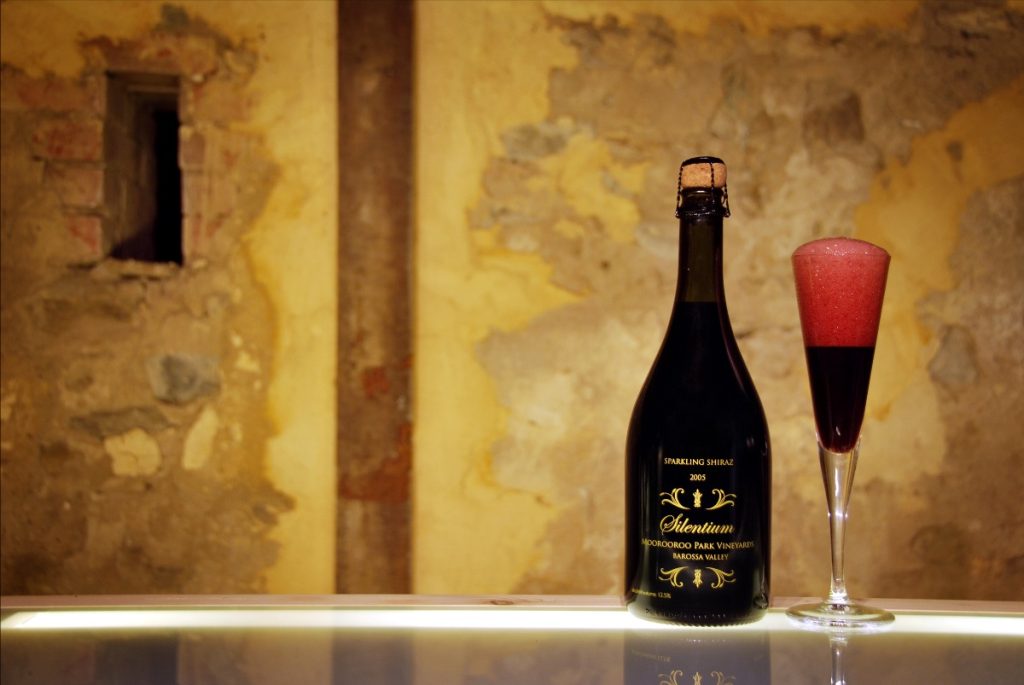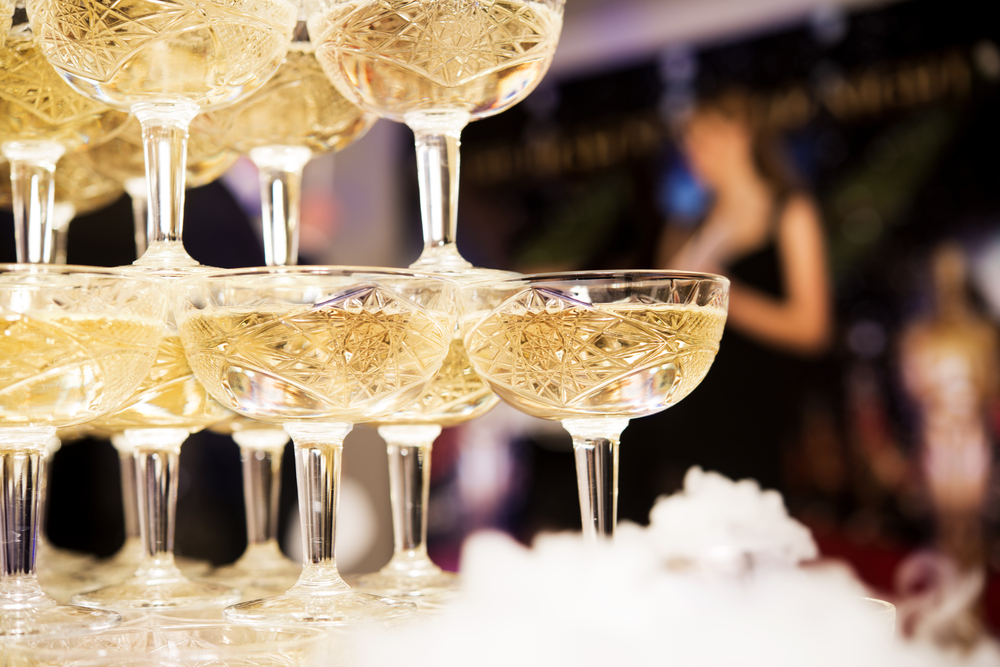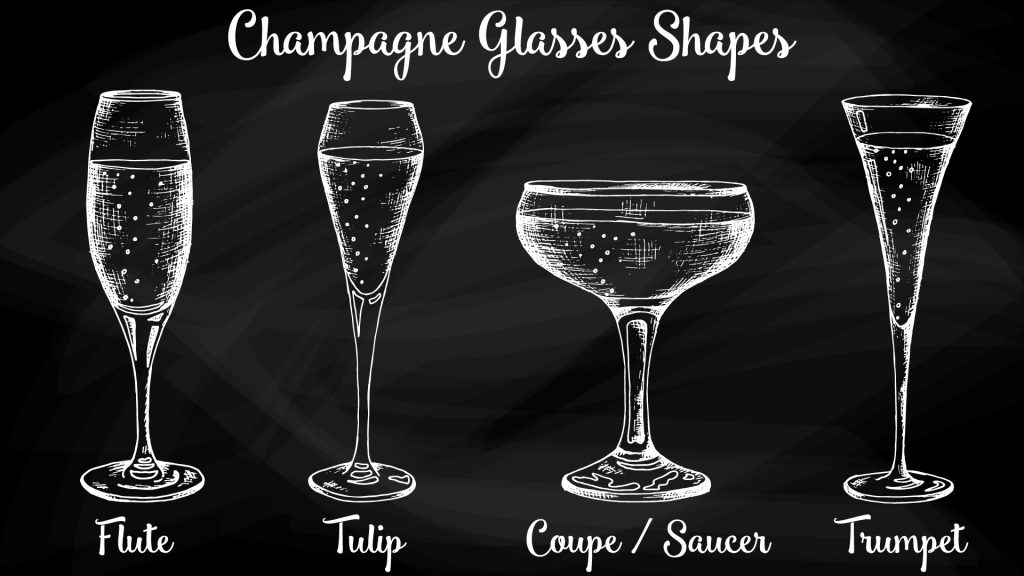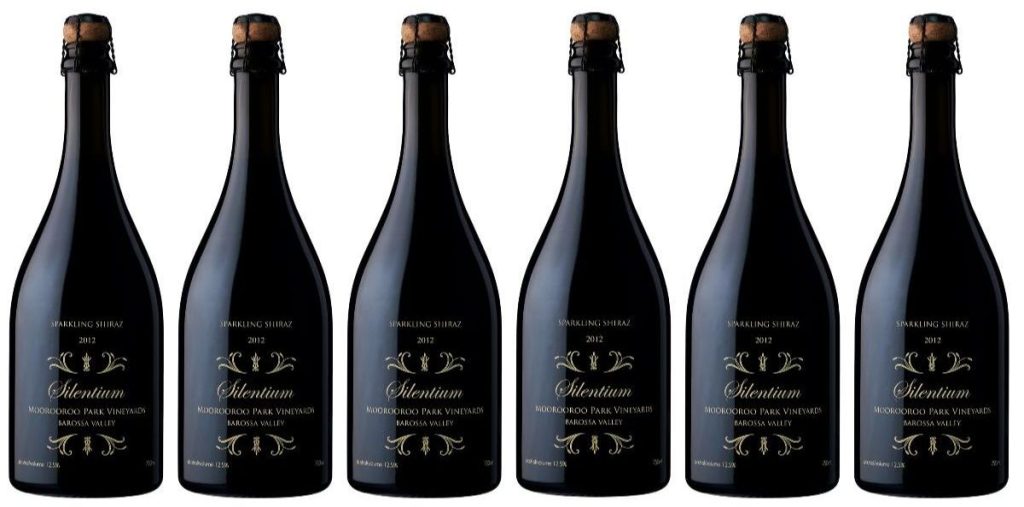
Which Glass?
When most people think of different styles of wine glasses it’s usually white, red, champagne and maybe a port glass. For the wine purist however varietal specific glasses are a must with each style of glass designed for particular grape varieties, amplifying and bringing harmony to their specific characteristics.
And while I had originally sat down with the intention to write this email about different varietal glasses for red wines I ended up getting sidetracked by the champagne glass (or as we call it around here the sparkling Shiraz glass). So which glass should we really be drinking sparkling wine out of? The answer may surprise you.
First of all lets go back to where it all began the coupe glass (or champagne saucer) The coupe seems to be the earliest version of the sparkling wine glass. The champagne coupe first appears in Jean-François de Troy’s 1734 painting Le Déjeuner d’Huîtres, which depicts a post-hunt oyster feast. In the painting, while one person pops open a bottle of champagne, the surrounding merrymakers clutch the coupe-shaped glasses.
Fun Fact: It has been claimed that Marie Antoinette’s left breast inspired the shape of this glass. However as the coupes origin predates the French Queen. It’s a good story, but unfortunately not true.
The Coupe glass was popular during Marie Antoinette’s time on the throne, and as champagne of that time tended to be sweeter and more syrupy, legend has it that an advantage of the coupes short sides and shallow bowl made it easy for you to dip your cake in it.
However while the coupe glass may look glamorous the open design causes both the bubbles and aroma to dissipate almost immediately and, if you consider that 70% of our perception of flavour comes from the aroma, you’re losing a lot of your experience for fashion’s sake.

In the 1800’s we moved from the coupe to the trumpet, while this does in some ways look like a flute glass it has a couple of significant differences. Firstly having no or very little separate stem it causes you to hold the glass in such a way that your hand can warm up the wine, and secondly the rim opens up larger at the top causing the same problem as the coupe, that is allowing the bubbles and aroma to dissipate quickly.
Enter the flute, from the 1950’s onward the flute became a regular on the scene and is certainly the most commonly recognised sparkling wine glass today. The flute glass has become synonymous with celebration, just the sight of a flute glass has us thinking about popping corks and parties. Flutes also have the benefit of enhancing the fizziness of the sparkling wine. The skinnier, tapered shape preserves the integrity of the bubbles for longer than the more open-topped coupe, providing longer-lasting enjoyment. This is owing to the reduced surface area, and a reduced oxygen to wine ratio.
Fun Fact: Quality flute glasses include a small scratch or mark on the inside base that agitates the sparkling wine, encouraging it to stay bubbly as you drink.
But there is a downside to the flute glass, some argue that it doesn’t provide a perfect expression of aroma due to its thin opening, giving us the opposite problem of the coupe glass. Although this is still debated by some. Dom Pérignon is said to have been the first to adopt the flute as champagne’s nominated vessel, saying he enjoyed being able to “watch the dance of the sparkling atoms.” On the other hand, Olivier Krug, current Krug director and great-great-great-grandson of the founder, is adamant that, “A great Champagne cannot offer its fullest expression in a narrow glass.”
In more modern times the tulip shaped glass was developed which has a flared mouth. It is a variation on the flute and does allow for a better appreciation of the aromas of the wine. But even tulip-shaped flutes with more rounded bowls won’t provide you with the full aromatic experience.
So all that brings us to the question if the coupe is too wide allowing the both the bubbles and aroma to dissipate almost immediately and the flute is too narrow not providing a perfect expression of aroma where does that leave us?
Surprisingly the answer lies in the wine glass. Drinking champagne from a wine glass is about simply that – drinking. It evolves sparkling from something that is only for a celebration, into something worthy of savouring and enjoying. As I’m sure you have noticed while enjoying a tasting in cellar door, we pour you the Silentium sparkling Shiraz in a wine glass giving you the opportunity to taste the wine in a way that allows to get the best experience of both aromas and taste.
My suggestion next time you pop a cork, pour some into a flute glass and some into a wine glass and do your own comparison. I’m sure you will be surprised at the difference. Or next time you’re in cellar door ask us to pour you a comparison side by side. I for one know what I’m going to be doing tonight!
-“The Oxford Companion to Wine”. Jancis Robinson and Julia Harding. Oxford University Press. 2015.
-https://www.riedel.com/en-au/enjoywine/education/any-excuse-for-champagne
-https://www.grandcruwinefridges.com.au/blogs/articles/a-brief-history-of-the-champagne-glass

In Bottle
2012 Silentium Sparkling Shiraz
Created from select barrels from the Lotties Vineyard, which were set aside to age in oak for three years. They were individually bottle-fermented then aged on yeast lees for two and a half years in the traditional méthode champenoise. This vintage is an outstanding example of Barossa Sparkling Shiraz, which has a heady aroma of fresh boysenberry, vanilla and spice followed by a bright, lively, mousse-like palate that sings with plum. The finish is warm and well rounded, and you’ll detect notes of fresh strawberry.

